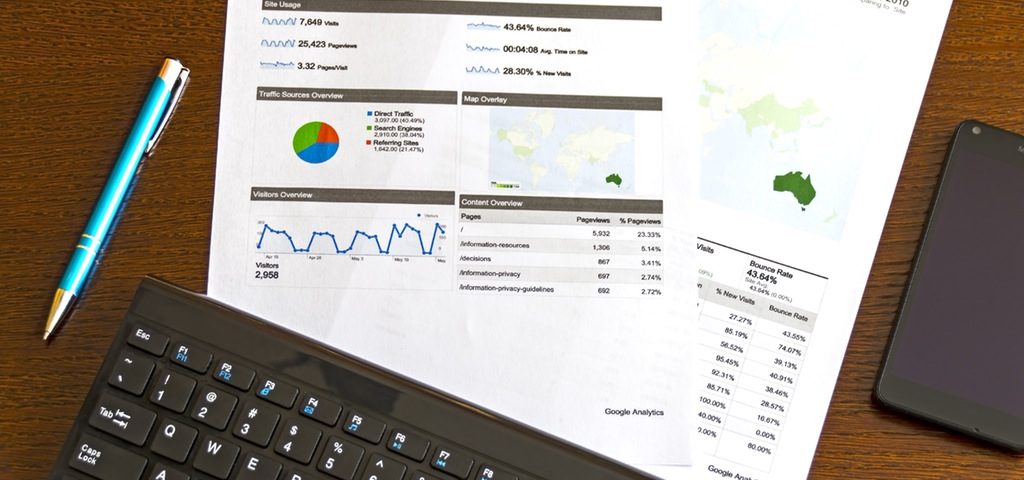Run a better business in color

Want to be a productivity hero? You just need pen and paper!
October 20, 2016
How office paper helps to find missing persons
October 31, 2016
It isn’t so very long ago that we were impressed by clean, justified print in black and white. That alone would tell a prospective client or contact that you were ahead of the crowd in terms of office equipment, and that you had an eye not just to quality, but to using cutting edge technology to deliver the best service possible.
Now, technology has marched on quickly, and black and white print looks cheap at best and amateur at worst.
And if you’re dealing with customers cheap is the last thing you want to convey. If you have a brand identity and familiar logo, you will already have a colour or colours that are readily associated with your brand and company by your competitors, your customers, and those potential customers you have yet to reach.
If you don’t already have a recognisable presence – and even if you do – here are some important facts to consider:
# Colour is more eye-catching and appealing for the casual reader, whereas blocks of black and white text can be off-putting, and can make important information difficult to find.
# Nine out of ten people would agree that design – and that includes colour – has a big influence on whether they read direct mail or not.
#Over three-quarters of people asked agreed that colour enhances both brand and reputation, and makes them take the company more seriously.
#Over two-thirds of people say that they understand and remember new ideas much better when they are presented in colour.
Colour printing isn’t just attractive to look at, therefore; it also improves understanding and helps your customers take you more seriously.
There’s even a small but significant uptick in the number of invoices paid in full and on time if the amount due is highlighted in colour.
Making your advertising campaign pop with good use of colour is only the first step, however. Cheap paper, especially if you’re printing on both sides of the sheet, will look just that. Make sure you’re using a high-quality, opaque paper to stop colour bleeding, and to prevent the images on the other side of the paper from showing through.
There’s still a degree of resistance when it comes to colour printing, and it is still seen by many as being too expensive or extravagant for their business needs. However, If you’re still unconvinced by the need for colour, here’s the story of Henry Ford – his famous Model-T cars were available in any colour, just so long as it was black. It kept his assembly line moving, and in the days before more weather-proof paint, black cars looked good for longer. His competitors weren’t slow to listen to the market, however – General Motors developed a more durable paint, and their range of cars in a variety of colours were hugely popular. Within six years, Henry Ford’s share of the market dropped from 60% to 10%.
Don’t be Henry Ford – print in colour!



